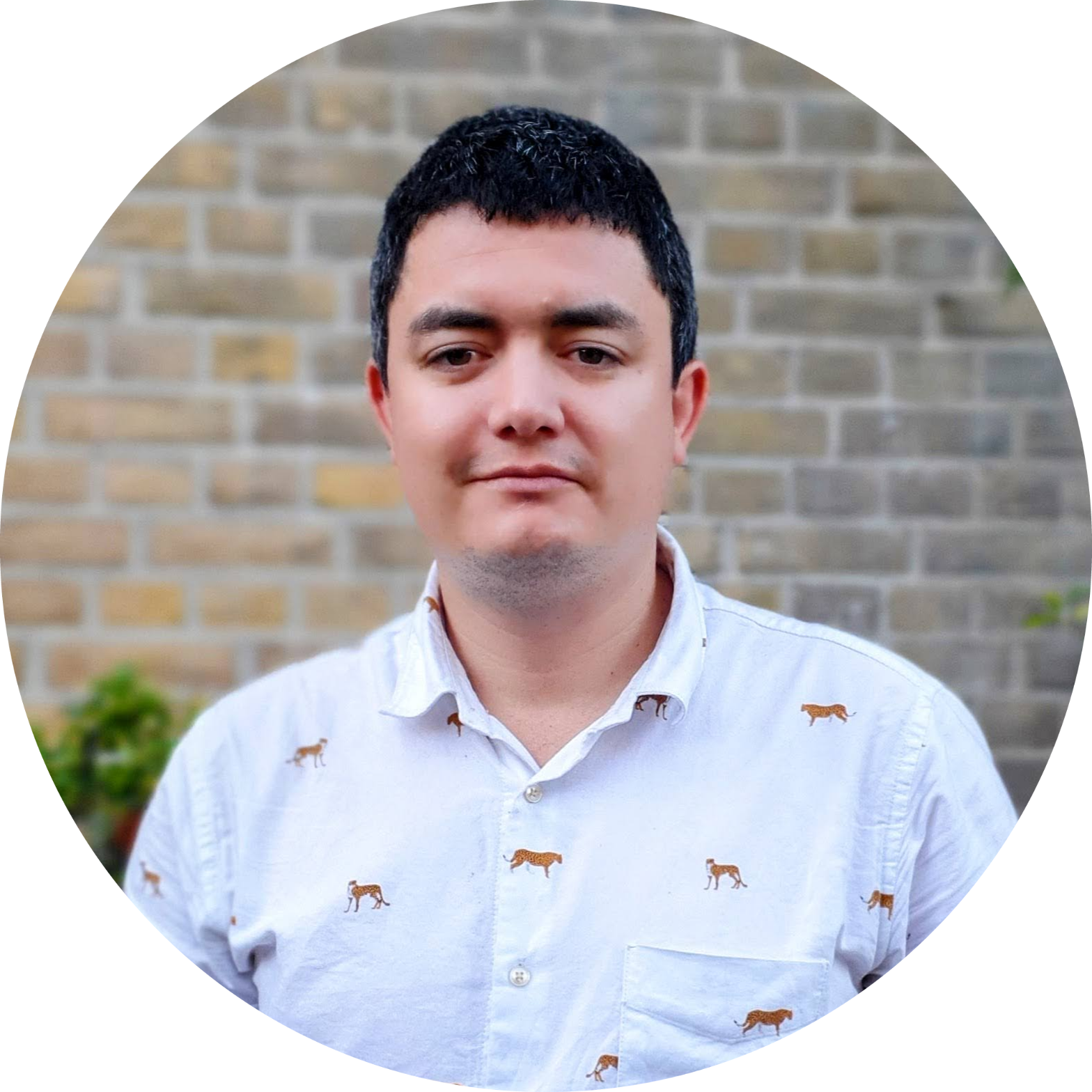Academic background
In 2024 I received my Ph.D. in Applied Mathematics/Mathematical Engineering from TuDelft in Delft, the Netherlands, and Universidad EAFIT, Medellin, Colombia, with a thesis entitled Data assimilation in a LOTOS-EUROS chemical transport model for Colombia using satellite measurements.
(2024–2026) I am part of the Data Assimilation Forecasting and Application (DAFA) team in the Atmospheric Composition group in the Earth Science Department in the Barcelona Supercomputing Center where I work in lightweight methods for emission estimations.
During my Ph.D., I worked as a postdoc in the TuDelft-KNMI-VU PIPP project “High Resolution to Exploit Nitrogen Chemical Compound Observations from Space in the Netherlands” (2021—2024).
From 2015-2016 I did a MSc in Applied Physics at Universidad EAFIT, Medellin Colombia and from 2006–2014. I studied Physics at Universidad de Antioquia, Medellin Colombia (2006–2009) not finished and later studied Physical Engineering at Universidad EAFIT, Medellin Colombia (2010–2014).
I was born on 24-12-1987 in Medellin, Colombia. Due to my father’s work, my family lived in Bogotá from 1994 to 2005 and I went to primary school at Colegio Italiano Leonardo Da Vinci, Bogotá Colombia (1994–2000) and at Colegio Padre Manyanet, Medellin Colombia (2001–2005) when my family moved back again to Medellin.
Research interests
My work uses Data Assimilation (DA) techniques to integrate large-scale numerical models, satellite information, and data from different sources. DA techniques play a fundamental role in improving the system states that represent meteorological or chemical atmospheric conditions. This allows us to incorporate different real observations into the models, taking advantage of these two sources of information: observations and mathematical models.
I am passionate about satellite intruments and their use for different applications, specially the ones related to atmospheric composition using Chemical Transport Models or lightweight inversion methods for emission estimation. Different satellites have been carrying sensors to monitor atmospheric concentrations since 1964. From Paul J. Crutzen’s idea of having spectrometers onboard satellites, an open field in the study of atmospheric chemical composition was created. Chronologically appeared the Global Ozone Monitoring Experiment (GOME, (1996-2003), GOME2A (2007-), GOME2B (2013-)), the Scanning Imaging Absorption Spectrometer for Atmospheric Cartography (SCIAMACHY, 2002e2012), and the Ozone Monitoring Instrument (OMI). Each instrument generation has improved different data characteristics in the measured spectra, solving ratios and signal-to-noise problems and increasing spatial and temporal resolution. My recent study has been towards the use of TROPOMI NO2 satellite concentrations, assimilating those in the Chemical Transport Models LOTOS-EUROS using different meteorology inputs such as ECMWF, WRF or HARMONIE models.
The present focus of my research at the Barcelona Supercomputing Center is the development of lightweight emission estimation methods that utilise satellite information. These methods are top-down techniques that employ satellite observations to calculate emission values, which are then integrated into emission inventories.The utilisation of these mathematical approaches does not necessitate significant computational effort, as demonstrated by the perspectives provided by Chemical Transport Models.The employment of these techniques is crucial for the acquisition of near real-time information, serving as a complementary source of data to validate emission inventories. The enhanced spatiotemporal resolution of atmospheric composition data from orbital instruments scheduled for deployment in the near future will facilitate the estimation of emissions from sources such as power plants and urban areas with greater temporal precision.This is a vital step in addressing humanity’s pressing challenges related to emission reduction.
